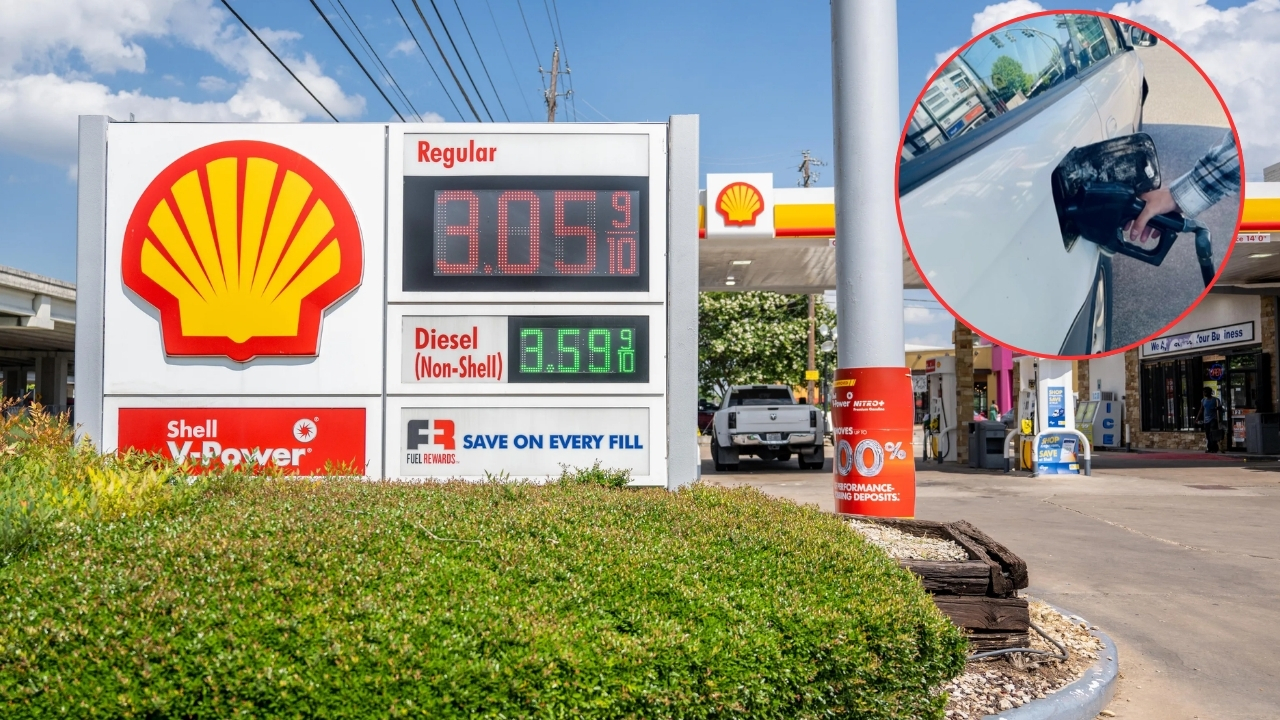Midwest Gas Prices: The gasoline market in America’s heartland tells a fascinating story of stability amid national uncertainty. For the second consecutive week, Midwest gas prices remained essentially unchanged at an average of $2.97 per gallon of regular fuel, approximately the same as last week’s price, according to the latest data from the U.S. Energy Information Administration.
This price consistency stands out in today’s volatile energy landscape, offering both consumers and industry analysts valuable insights into regional market dynamics. The Midwest’s gas price stability reflects broader economic patterns while highlighting the region’s unique position in America’s energy infrastructure.
Current Price Landscape in the Midwest
The current average of $2.97 per gallon represents more than just a number on gas station signs across Illinois, Indiana, Iowa, Kansas, Michigan, Minnesota, Missouri, Nebraska, North Dakota, Ohio, South Dakota, and Wisconsin. The average fuel price in the Midwest region slightly declined about 1 cent since last month, demonstrating the gradual nature of recent price movements.
When we examine these figures in a national context, the picture becomes even more compelling. The average gas price in the United States last week was $3.11, making prices in the Midwest region about 4.6% lower than the nation’s average. This regional advantage translates to real savings for millions of drivers who call the Midwest home.
The stability we’re witnessing didn’t happen overnight. Market forces have been building toward this equilibrium through various economic pressures and supply chain adjustments that characterize today’s energy sector.
Historical Context and Annual Trends
Understanding where we’ve been helps illuminate where we’re heading. According to the EIA, gas prices across the region in the last year have been as low as $2.81 on Dec. 9, 2024, and as high as $3.48 on July 29, 2024. This $0.67 range illustrates the typical seasonal fluctuations that drivers experience throughout the year.
Perhaps most encouraging for consumers is the year-over-year comparison. A year ago, the average gas price in the Midwest region was 15% higher at $3.48 per gallon. This dramatic decrease represents significant cost savings for both individual consumers and commercial transportation companies that form the backbone of the region’s economy.
The decline reflects several converging factors that have reshaped the energy market over the past twelve months. From changes in crude oil pricing to shifts in refinery operations, multiple elements have contributed to this downward price trajectory.
Factors Driving Price Stability
Supply Chain Resilience
The Midwest’s central location within America’s pipeline network provides natural advantages in terms of fuel distribution. Regional refineries have maintained steady production levels, while transportation infrastructure continues to operate efficiently despite various national challenges.
Seasonal Considerations
Around April 15, gas refineries switch from winter-blend to summer-blend gasoline, which is more expensive to make. However, the region has navigated this transition without the dramatic price spikes seen in previous years, suggesting improved operational efficiency and supply management.
Economic Influences
Lower crude oil prices result in lower retail gasoline prices in our forecast, according to EIA projections. The current stability in Midwest prices aligns with broader forecasts suggesting continued moderation in fuel costs throughout 2025.
National Comparison and Regional Advantages
The Midwest’s pricing advantage over national averages stems from several structural factors. Geographic proximity to domestic oil production, established refinery infrastructure, and efficient distribution networks all contribute to lower consumer costs.
The average national gas price is slightly lower than last week’s average of $3.13 per gallon, indicating that while the Midwest maintains its regional advantage, national prices are also experiencing downward pressure.
This regional competitiveness provides economic benefits that extend beyond individual consumers. Lower transportation costs support the region’s agricultural exports, manufacturing operations, and logistics industries that depend on efficient goods movement.
Looking Ahead: Market Predictions
Industry analysts anticipate continued stability in the near term, though several factors warrant monitoring. We estimate U.S. average gasoline prices in 2025 will decrease by 11 cents per gallon, or about 3%, compared with 2024, suggesting that current trends may continue throughout the year.
However, seasonal patterns typically influence summer pricing. Historical data shows that driving season demands can create upward pressure on prices, though the magnitude of any increases depends on various supply and demand factors.
Economic Impact on Consumers
For average Midwest families, the current price stability translates to predictable transportation budgets. A household driving 12,000 miles annually with a vehicle averaging 25 miles per gallon would spend approximately $1,426 on gasoline at current prices, compared to $1,670 if prices matched last year’s levels.
This $244 annual savings might seem modest, but it represents money that families can redirect toward other necessities or savings goals. For businesses operating vehicle fleets, the savings multiply significantly.
Key Price Data Summary
| Time Period | Midwest Average | National Average | Difference |
|---|---|---|---|
| Current Week | $2.97 | $3.11 | -$0.14 |
| Last Week | $2.97 | $3.13 | -$0.16 |
| One Month Ago | $2.98 | $3.12 | -$0.14 |
| One Year Ago | $3.48 | $3.59 | -$0.11 |
| 2024 Annual Low | $2.81 | $2.95 | -$0.14 |
| 2024 Annual High | $3.48 | $3.62 | -$0.14 |
Frequently Asked Questions
Why are Midwest gas prices lower than the national average?
The Midwest benefits from proximity to domestic oil production, established refinery infrastructure, lower state taxes in many areas, and efficient pipeline distribution networks that reduce transportation costs.
Are current prices sustainable long-term?
Market analysts suggest prices may remain stable through 2025, though seasonal fluctuations during summer driving season could create temporary increases of 10-15 cents per gallon.
Which Midwest states have the lowest gas prices?
Typically, states like Missouri, Kansas, and Oklahoma (border region) see the lowest prices, while states with higher environmental standards or taxes like Illinois may have slightly elevated costs.
ALSO READ: Affordable BYD Seal 06 EV Sedan Launched at $15,300

